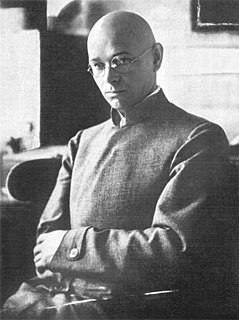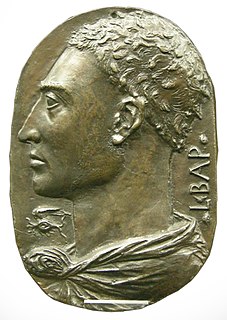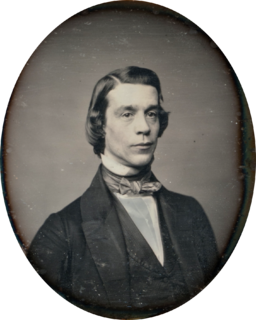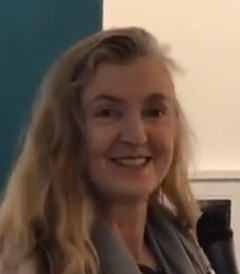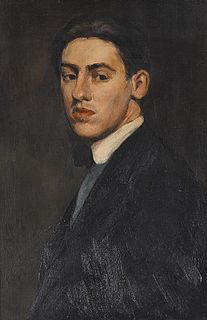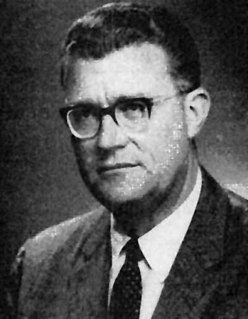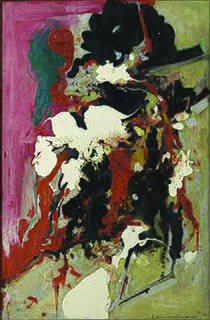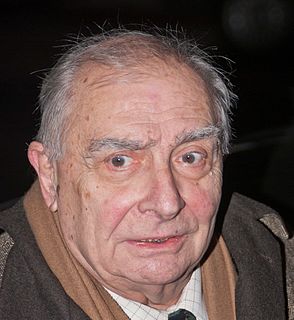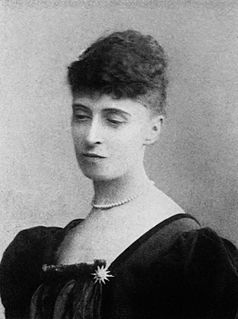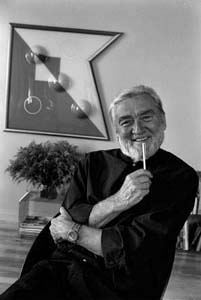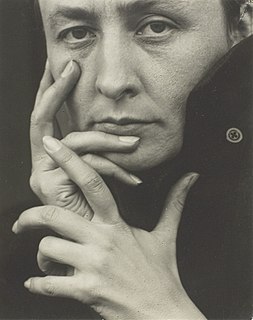A Quote by Claude Monet
You'll understand, I'm sure that I'm chasing the merest sliver of color. It's my own fault. I want to grasp the intangible. It's terrible how the light runs out. Color, any color, lasts a second, sometimes 3 or 4 minutes at most.
Related Quotes
The fact is, that of all God's gifts to the sight of man, color, is the holiest, the most divine, the most solemn. We speak rashly of gay color and sad color, for color cannot at once be good and gay. All good color is in some degree pensive, the loveliest is melancholy, and the purest and most thoughtful minds are those which love color the most.
For many years, I have been moved by the blue at the far edge of what can be seen, that color of horizons, of remote mountain ranges, of anything far away. The color of that distance is the color of an emotion, the color of solitude and of desire, the color of there seen from here, the color of where you are not. And the color of where you can never go.
The impressionistic method leads into a complete splitting and dissolution of all areas involved in the composition, and color is used to create an overall effect of light. The color is, through such a shading down from the highest light in the deepest shadows, sacrified an degraded to a (black-and-white) function. This leads to the destructions of the color as color.
The difficulty with color is to go beyond the fact that it's color ? to have it be not just a colorful picture but really be a picture about something. It's difficult. So often color gets caught up in color, and it becomes merly decorative. Some photographers use it brilliantly to make visual statements combining color and content; otherwise it is empty.
Light and color are closely linked. The colors can make a crucial change in nature, if you switch from daylight to artificial light or just from strong to weak illumination. In addition, color perception is affected by the material structure. Even if a piece of textile can have the same color as a shiny enamel plate, then they will act completely different.

